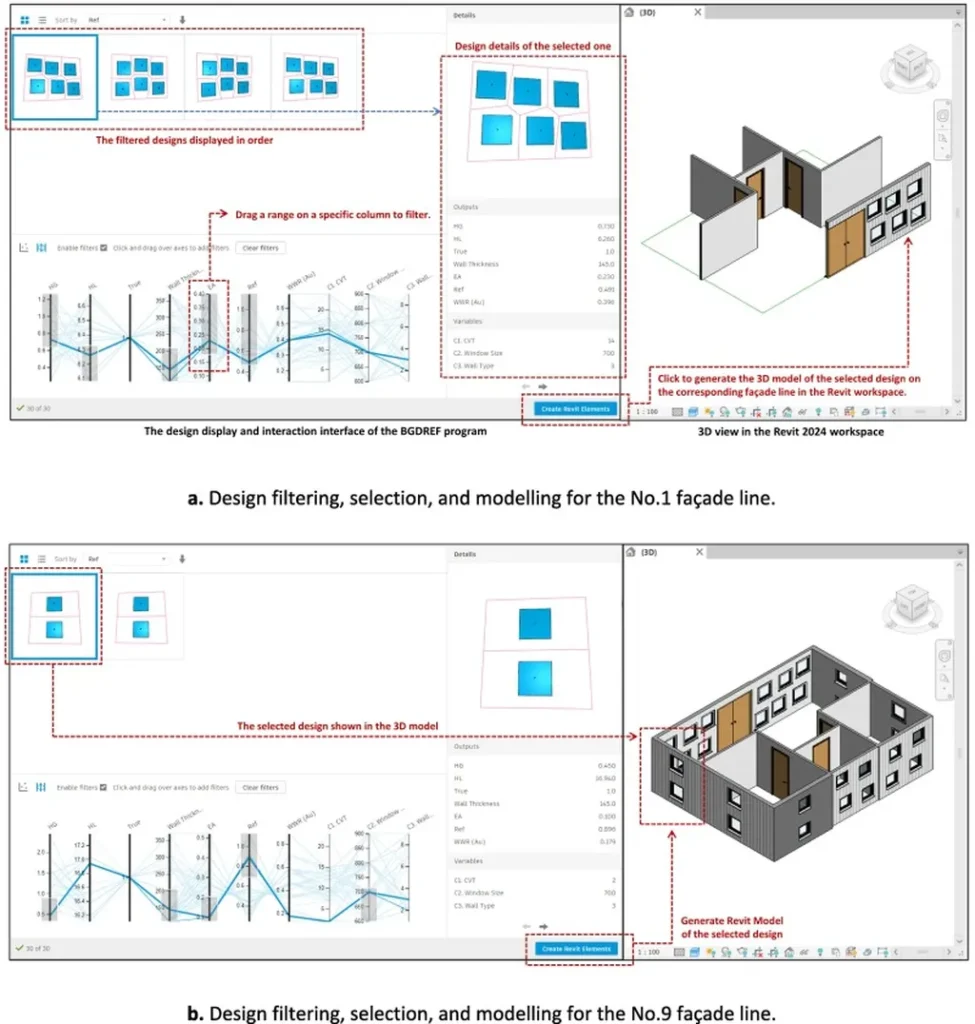In the rapidly evolving landscape of construction technology, a new literature review is shedding light on the transformative potential of integrating generative and parametric design with Building Information Modelling (BIM). Led by Álmos Á. Semjén from the Department of Structural and Geotechnical Engineering at Széchenyi István University in Győr, Hungary, and West Hungária BauKft in Budapest, the research, published in the journal *Applications in Engineering Science* (translated from Hungarian as *Applications in Engineering Science*), offers a comprehensive look at how these digital tools can revolutionize the construction industry, particularly in the energy sector.
The study highlights that Parametric Design (PD), Generative Design (GD), and BIM are not just buzzwords but powerful tools that can drive design optimization, foster interdisciplinary collaboration, and enable data-driven decision-making. “These technologies offer significant potential for efficiency gains, especially in the early design phases,” Semjén notes. However, the integration of these tools across the entire building lifecycle remains limited, presenting both challenges and opportunities.
One of the key challenges identified in the review is the lack of interoperability between different platforms. “Insufficient interoperability between platforms and a lack of standardization are major hurdles,” Semjén explains. This fragmentation can hinder the seamless flow of information, which is crucial for complex projects, particularly in the energy sector where precision and efficiency are paramount.
The review also points out that the adoption of GD-BIM combinations in construction and logistics is minimal. This gap presents a significant opportunity for innovation. By leveraging generative design, architects and engineers can explore a wider range of design options that meet specific performance criteria, such as energy efficiency and structural integrity. “Generative design can help us push the boundaries of what’s possible, but we need to ensure that these designs are scalable and compliant with real-world regulations,” Semjén adds.
Another critical area of concern is the regulatory compliance and scalability of AI-assisted generative models. As the energy sector increasingly adopts sustainable building practices, the ability to ensure that these designs meet regulatory standards is crucial. The review suggests that further research is needed in construction management, code-based automation, and human-in-the-loop design workflows to address these challenges.
The practical implications of this research are vast. For the energy sector, the integration of PD, GD, and BIM can lead to more efficient and sustainable building designs. By optimizing structural and energy performance, these technologies can help reduce construction costs and environmental impact. “The potential for innovation and sustainability is immense, but we need to bridge the gap between theoretical research and practical implementation,” Semjén concludes.
As the construction industry continues to evolve, the insights from this literature review provide a roadmap for future developments. By addressing the identified challenges and leveraging the strengths of these digital tools, the industry can move towards more efficient, sustainable, and innovative construction practices. The journey is just beginning, but the potential is undeniable.

